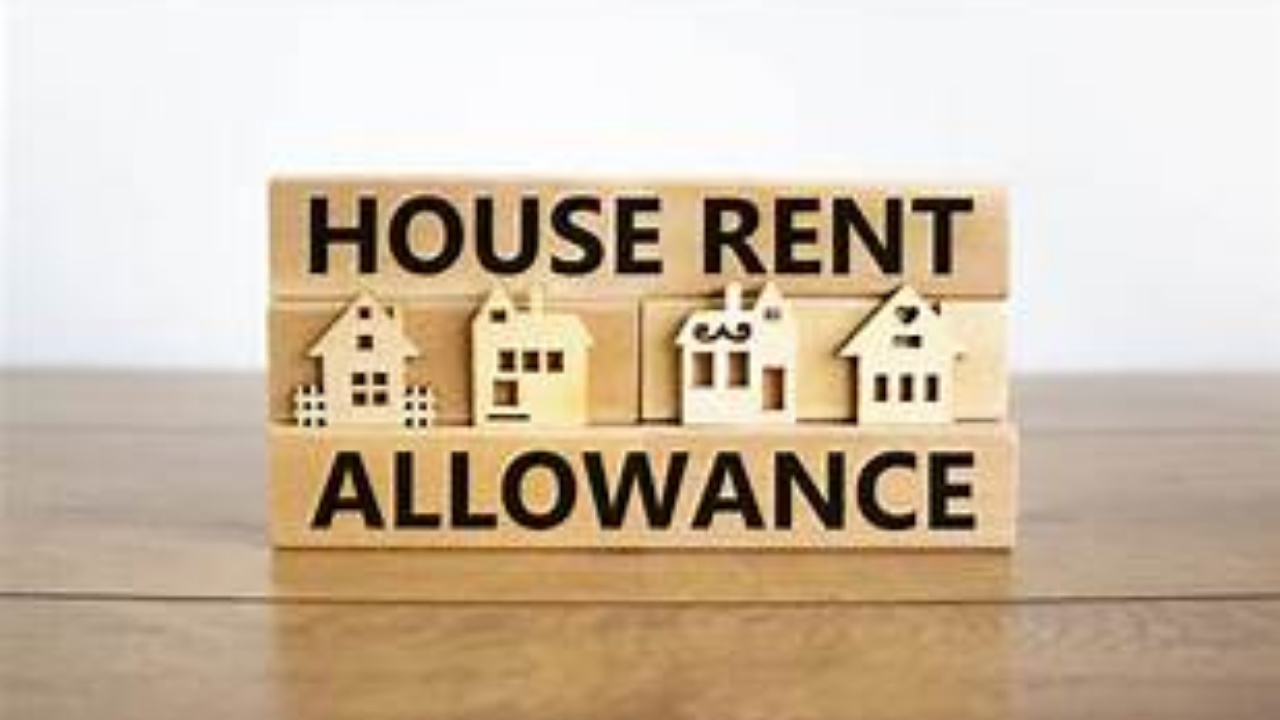Understanding how to properly claim House Rent Allowance (HRA) exemption can significantly reduce your taxable income. Many salaried employees, however, unknowingly miscalculate their HRA, missing out on these valuable tax benefits.
Are You Eligible for HRA Exemption?
If you’re a salaried employee receiving HRA and residing in rented accommodation, you’re likely eligible for a tax break under Section 10(13A) of the Income Tax Act. However, Chartered Accountant Nitin Kaushik warns that most people get it wrong, not due to ineligibility, but from a lack of understanding of the calculation.
To claim HRA exemption, you must meet three key conditions:
- You’re a salaried employee receiving HRA as part of your pay.
- You live in rented accommodation.
- You opt for the old tax regime, as HRA exemption isn’t available under the new tax regime.
Demystifying the HRA Formula
It’s a common misconception that you can deduct the entire HRA amount received. The exempt portion is actually the lowest of the following three amounts:
- Actual HRA received.
- Rent paid minus 10% of salary.
- 50% of salary (if you live in a metro city like Delhi, Mumbai, Chennai, or Kolkata) or 40% of salary (for non-metro cities).
Important Note on “Salary”: For HRA calculations, “salary” isn’t your full Cost to Company (CTC). It specifically includes:
- Basic salary
- Dearness Allowance (if it’s considered for retirement benefits)
- Commission (if it’s a percentage of turnover)
HRA Exemption in Action: An Example
Let’s illustrate with an employee living in Mumbai and their annual income details:
- Basic Salary: ₹4,80,000 (₹40,000/month)
- HRA Received: ₹1,80,000 (₹15,000/month)
- Rent Paid: ₹2,16,000 (₹18,000/month)
Now, let’s apply the HRA exemption formula:
- Actual HRA received: ₹1,80,000
- Rent paid – 10% of salary: ₹2,16,000 – (10% of ₹4,80,000) = ₹2,16,000 – ₹48,000 = ₹1,68,000
- 50% of salary (metro city): 50% of ₹4,80,000 = ₹2,40,000
The Exempt HRA is the lowest of these three figures, which is ₹1,68,000.
Therefore, the Taxable HRA will be the HRA received minus the exempt amount: ₹1,80,000 – ₹1,68,000 = ₹12,000.
Here’s a quick table summarizing the calculation:
| Component | Amount (₹) | Explanation |
| Basic Salary (Annual) | 4,80,000 | ₹40,000 per month × 12 |
| HRA Received (Annual) | 1,80,000 | ₹15,000 per month × 12 |
| Rent Paid (Annual) | 2,16,000 | ₹18,000 per month × 12 |
| 10% of Salary | 48,000 | 10% of ₹4,80,000 |
| Rent Paid – 10% of Salary | 1,68,000 | ₹2,16,000 – ₹48,000 |
| 50% of Salary (Metro) | 2,40,000 | 50% of ₹4,80,000 |
| HRA Exemption (Least) | 1,68,000 | Least of ₹1,80,000, ₹1,68,000, ₹2,40,000 |
| Taxable HRA | 12,000 | ₹1,80,000 (HRA Received) – ₹1,68,000 (Exempt HRA) |
Maximize Your HRA Exemption
To make the most of your HRA benefits:
- Submit rent receipts to your employer regularly.
- If your annual rent exceeds ₹1 lakh, ensure your landlord’s PAN is mandatory.
- You can pay rent to your parents and claim HRA, but ensure there’s a proper rental agreement and actual, documented payments. Remember, your parents must declare this as rental income.
- Keep in mind that even a high salary won’t maximize your exemption if your rent outflow is low; the exemption directly depends on the rent you actually pay.
When You Can’t Claim HRA
You won’t be able to claim HRA if:
- You live in your own house.
- You’ve chosen the new tax regime.
- Your salary package doesn’t include HRA.
Avoid Mistakes to Prevent Scrutiny
Many employees lose out on HRA benefits due to common errors like reporting incorrect rent amounts, including ineligible salary components, or failing to maintain proper documentation. As CA Nitin Kaushik advises, “HRA can help you save a decent chunk on taxes—but only if you know how to claim it right.”
Do you have any questions about your specific HRA situation?
